The meteoric rise and precipitous decline of Special Purpose Acquisition Companies (SPACs) have left an indelible mark on global capital markets, exposing both the allure of financial innovation and the perils of regulatory lag. Dubbed “blank-check companies,” SPACs surged to prominence during the pandemic-era market euphoria, raising over $250 billion in 2020 and 2021 alone. These shell corporations, designed to merge with private firms and take them public without traditional IPOs, promised speed, flexibility, and access to high-growth ventures—from electric vehicle startups to space tourism pioneers. Yet, by 2023, the SPAC bubble had deflated spectacularly: nearly 80% of post-merger companies traded below their debut prices, lawsuits piled up, and regulators scrambled to rein in excesses. The SPAC saga is more than a cautionary tale of speculative mania; it offers a masterclass in how regulatory frameworks struggle to keep pace with financial engineering—and what happens when they fail.
The SPAC Gold Rush: Fueling the Frenzy
SPACs emerged as the darlings of a low-interest-rate, high-liquidity era, where yield-starved investors chased speculative bets. Unlike traditional IPOs, which require rigorous financial disclosures and roadshows, SPACs allowed startups to go public via mergers with minimal upfront scrutiny. Sponsors—often celebrity investors or Wall Street veterans—capitalized on this loophole, marketing SPACs as a “democratized” path to hot sectors like fintech, biotech, and clean energy. Retail investors, emboldened by trading apps and social media hype, piled into SPAC stocks, while institutional players like hedge funds profited from “pipe” (private investment in public equity) deals. The structure’s inherent conflicts of interest were overlooked: sponsors earned hefty fees regardless of merger success, and target companies faced incentives to inflate projections. By early 2021, SPACs accounted for 70% of all U.S. IPOs, with even obscure startups achieving billion-dollar valuations overnight. The frenzy reached surreal heights when a SPAC targeting flying taxis claimed a $12 billion valuation despite having no revenue or prototype.
Cracks in the Facade: The Unraveling Begins
The SPAC ecosystem’s fragility became apparent as market conditions shifted. Rising interest rates in 2022 drained liquidity from risk assets, exposing the weak fundamentals of many SPAC-mergered firms. Investors began scrutinizing the hyperbolic growth forecasts touted during mergers—often unachievable “hockey stick” projections. Electric truck maker Nikola, once a SPAC superstar, saw its stock collapse after admitting to faking a product demo; similarly, health-tech company Clover Health faced SEC probes over misleading claims. As losses mounted, retail traders fled, triggering a vicious cycle of redemptions: over 90% of SPACs launched in 2021 failed to secure mergers, leaving sponsors to return capital. The market’s recklessness was laid bare. Research revealed that two-thirds of SPACs underperformed the S&P 500 post-merger, with median returns plunging 65% within a year. The fallout wasn’t limited to investors. Target companies faced diluted ownership and crushing debt from sponsor-promoted “earnouts,” while the broader IPO market atrophied as SPACs cannibalized traditional listings.
Regulatory Awakening: Closing the SPAC Loopholes
The SPAC collapse forced regulators to confront systemic vulnerabilities. The U.S. Securities and Exchange Commission (SEC), initially permissive, shifted gears in 2022 by proposing sweeping reforms. Key changes targeted the legal shield SPACs exploited: the “safe harbor” for forward-looking statements. Unlike traditional IPOs, SPACs had avoided liability for overly optimistic projections, enabling sponsors to lure investors with unsupported claims. The SEC’s new rules stripped this protection, holding SPACs to the same standards as conventional IPOs. Additionally, enhanced disclosure requirements mandated clearer reporting of sponsor compensation, conflicts of interest, and dilution risks. Accounting standards were tightened to curb creative maneuvers, such as classifying warrants as equity instead of liabilities—a practice that had artificially inflated SPAC balance sheets. These measures, though belated, aimed to restore accountability. Simultaneously, the Department of Justice ramped up enforcement, charging sponsors like Trevor Milton (Nikola) and Bill Hwang (Archegos) with fraud, signaling that SPAC-related malfeasance would no longer be tolerated.
Global Ripples: SPACs Beyond Wall Street
While the U.S. dominated the SPAC boom, its reverberations were felt worldwide. Europe and Asia, initially hesitant, witnessed their own SPAC surges—albeit on a smaller scale. London, seeking post-Brexit relevance, relaxed listing rules in 2021 to attract SPACs, but stringent investor protections limited uptake. Singapore and Hong Kong followed suit, though cultural skepticism toward blank-check models persisted. The global SPAC experiment highlighted regulatory divides. In the EU, authorities prioritized investor safeguards, requiring SPACs to escrow 90% of IPO proceeds and obtain shareholder approval for mergers—contrasting sharply with America’s laissez-faire approach. These disparities raised questions about regulatory arbitrage: Could laxer jurisdictions become SPAC havens? Meanwhile, developing markets faced dilemmas. India’s SEBI banned SPACs outright, fearing retail investor exploitation, while Brazil embraced them cautiously. The global patchwork underscored a tension between innovation and stability, with no consensus on balancing growth and governance.
The Road Ahead: Reinventing SPACs or Sunsetting Them?
The SPAC model now stands at a crossroads. Proponents argue that, with tighter rules, SPACs could regain legitimacy as a viable alternative to IPOs. Recent reforms have already weeded out amateur sponsors, leaving seasoned players like Goldman Sachs and Pershing Square to dominate a shrunken market. Hybrid structures are emerging, such as “SPAC 2.0” vehicles with longer timelines and mandatory third-party valuations. Others advocate niche applications—for instance, using SPACs to take climate tech firms public, aligning with ESG investing trends. Critics, however, contend that SPACs’ structural flaws are irredeemable. The inherent misalignment between sponsor incentives (quick returns) and long-term shareholder value, they argue, cannot be regulated away. Traditional IPOs, despite their inefficiencies, at least align underwriter fees with performance. Some suggest replacing SPACs with more transparent mechanisms, like direct listings or interval funds. Whatever the path, SPACs’ legacy is clear: they’ve exposed gaps in how markets price risk, how regulators adapt to innovation, and how easily investor trust can be squandered.
The SPAC saga underscores a timeless truth: financial innovation often outpaces regulation, but recklessness inevitably invites reckoning. While SPACs democratized access to high-growth investments, their abuse revealed systemic frailties—from inadequate disclosure to perverse incentives. Regulators, caught flat-footed, now face pressure to preempt future crises without stifling entrepreneurship. The solution lies not in reactionary crackdowns but in adaptive frameworks that balance flexibility and accountability. For investors, the SPAC era is a stark reminder that “disruption” often masks deviation from fundamentals. As markets evolve, the lessons of the SPAC boom—transparency, alignment of interests, and regulatory vigilance—must inform approaches to emerging trends, from crypto assets to AI-driven trading. Ultimately, the rise and fall of blank-check companies is not an anomaly but a mirror reflecting capitalism’s enduring tension between ambition and integrity.

By Noah Bell/Mar 30, 2025
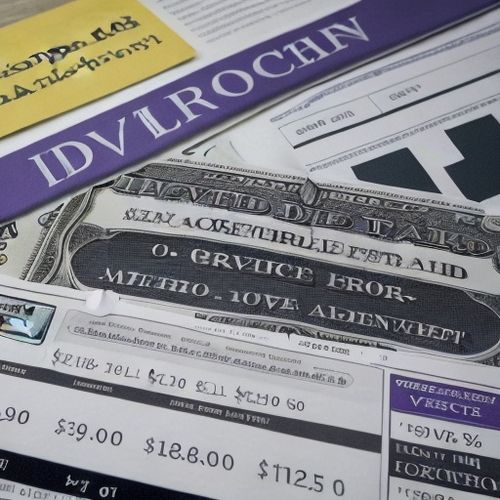
By Christopher Harris/Mar 30, 2025

By Benjamin Evans/Mar 30, 2025
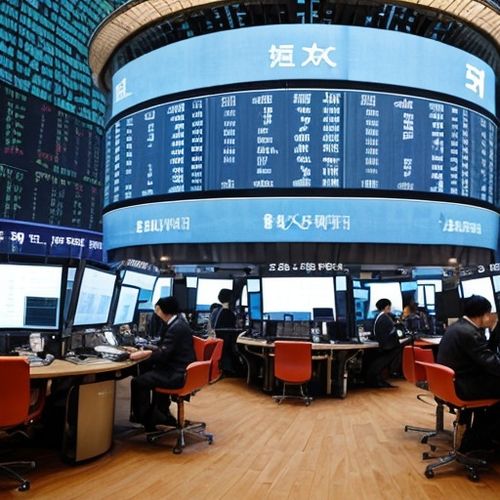
By Victoria Gonzalez/Mar 30, 2025

By Daniel Scott/Mar 30, 2025

By Ryan Martin/Mar 30, 2025
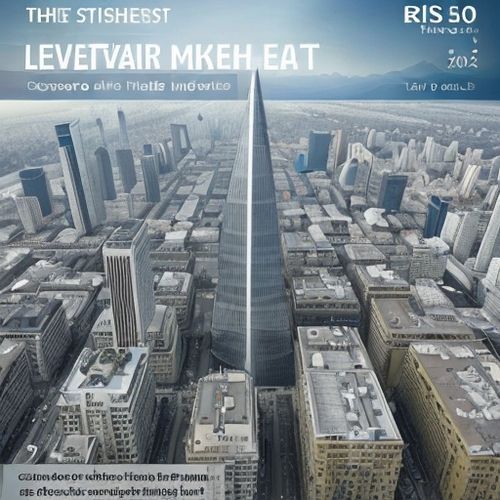
By Sarah Davis/Mar 30, 2025
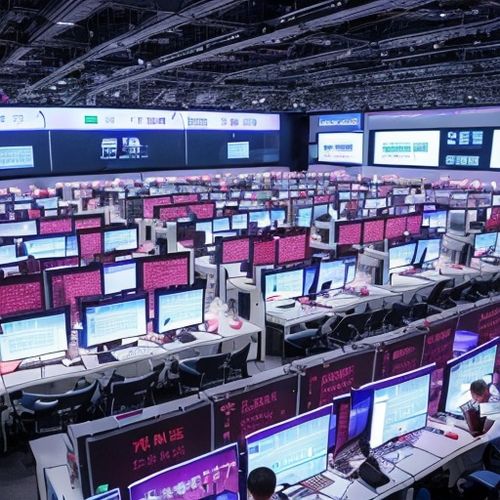
By Samuel Cooper/Mar 30, 2025

By Jessica Lee/Mar 30, 2025

By Jessica Lee/Mar 30, 2025

By Christopher Harris/Mar 30, 2025
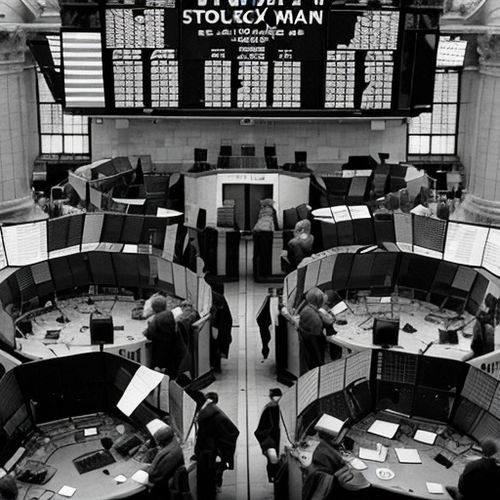
By John Smith/Mar 30, 2025

By Ryan Martin/Mar 30, 2025
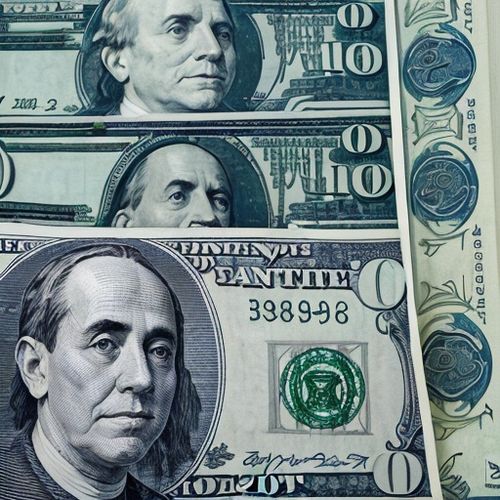
By Amanda Phillips/Mar 30, 2025

By Eric Ward/Mar 30, 2025

By Emily Johnson/Mar 30, 2025
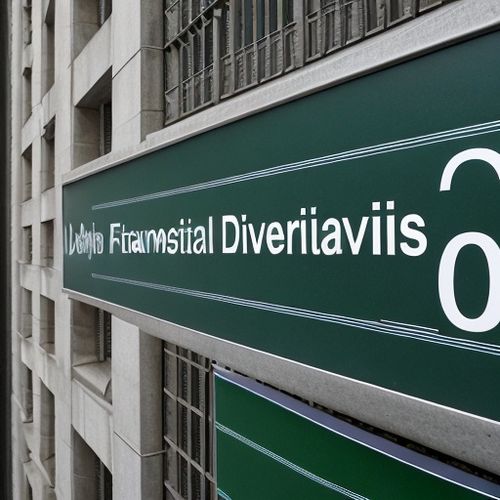
By Amanda Phillips/Mar 30, 2025